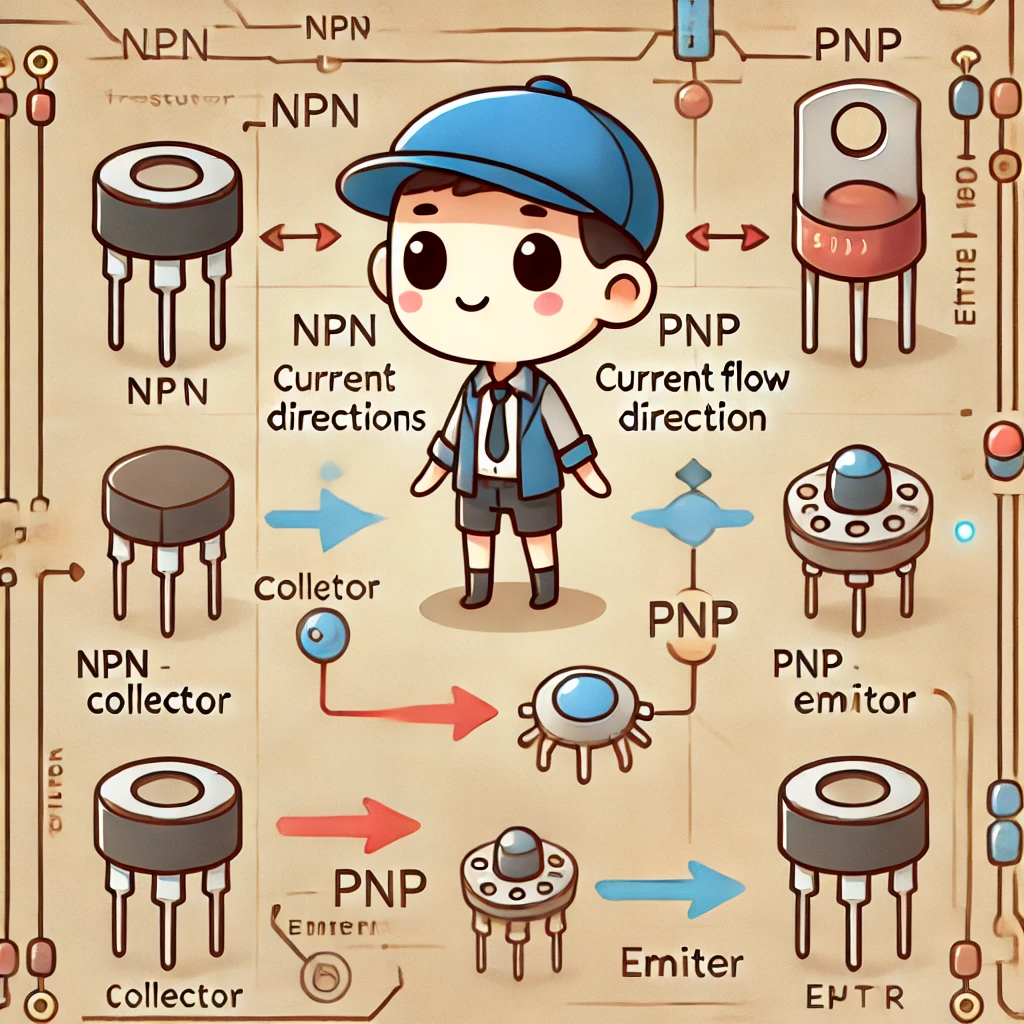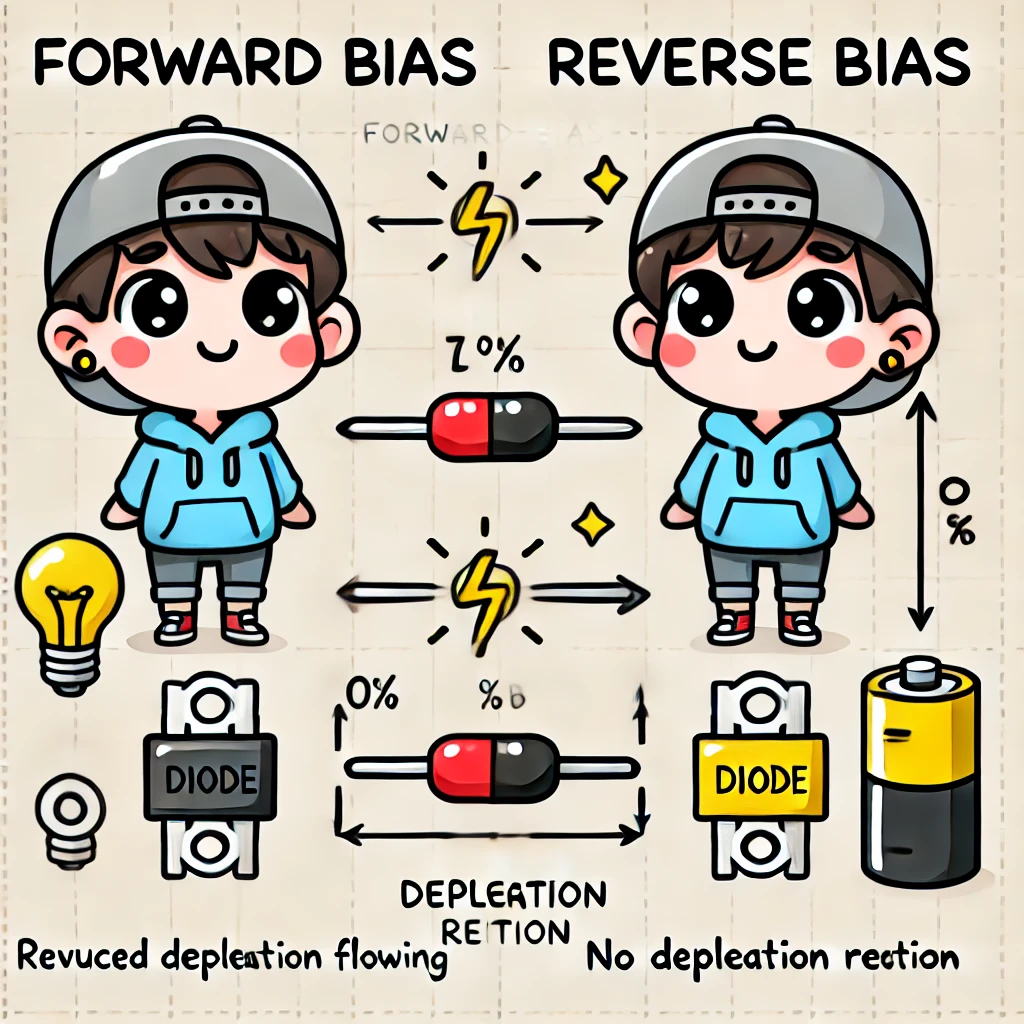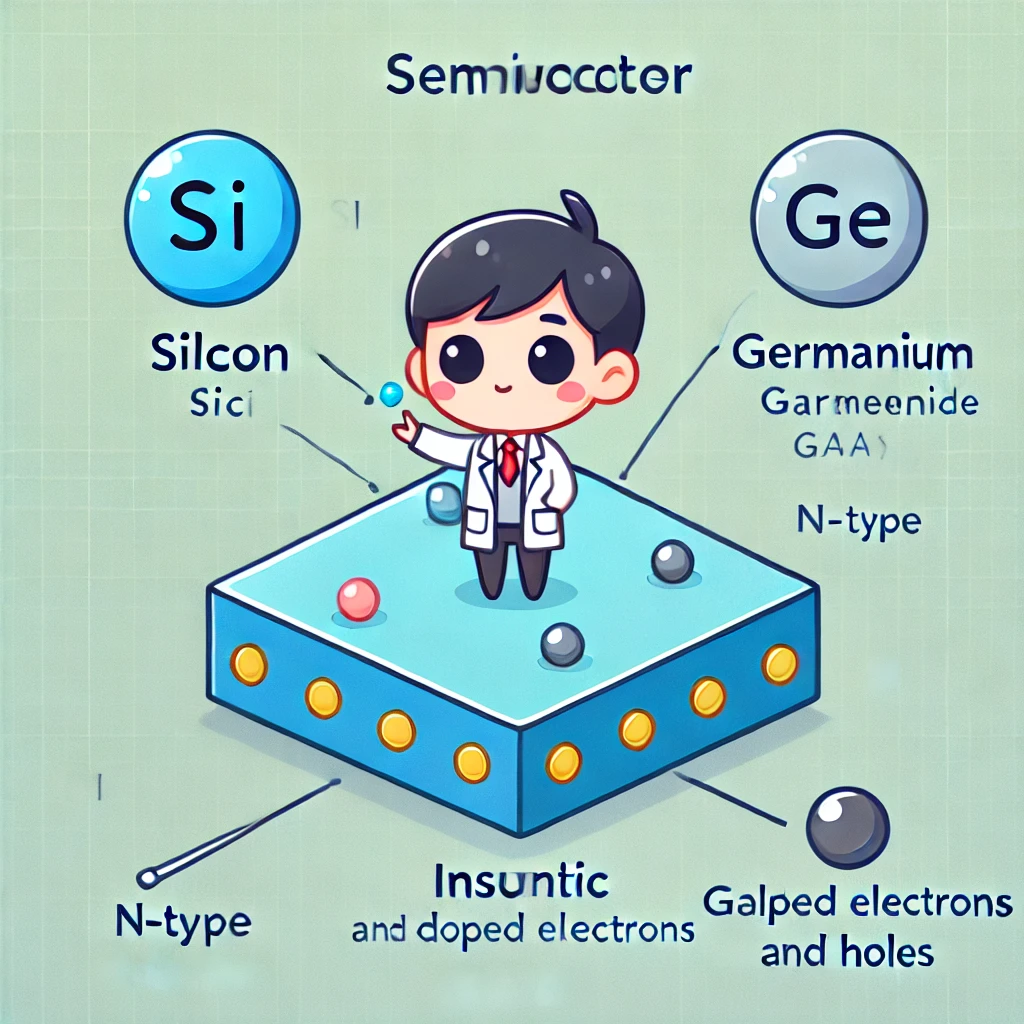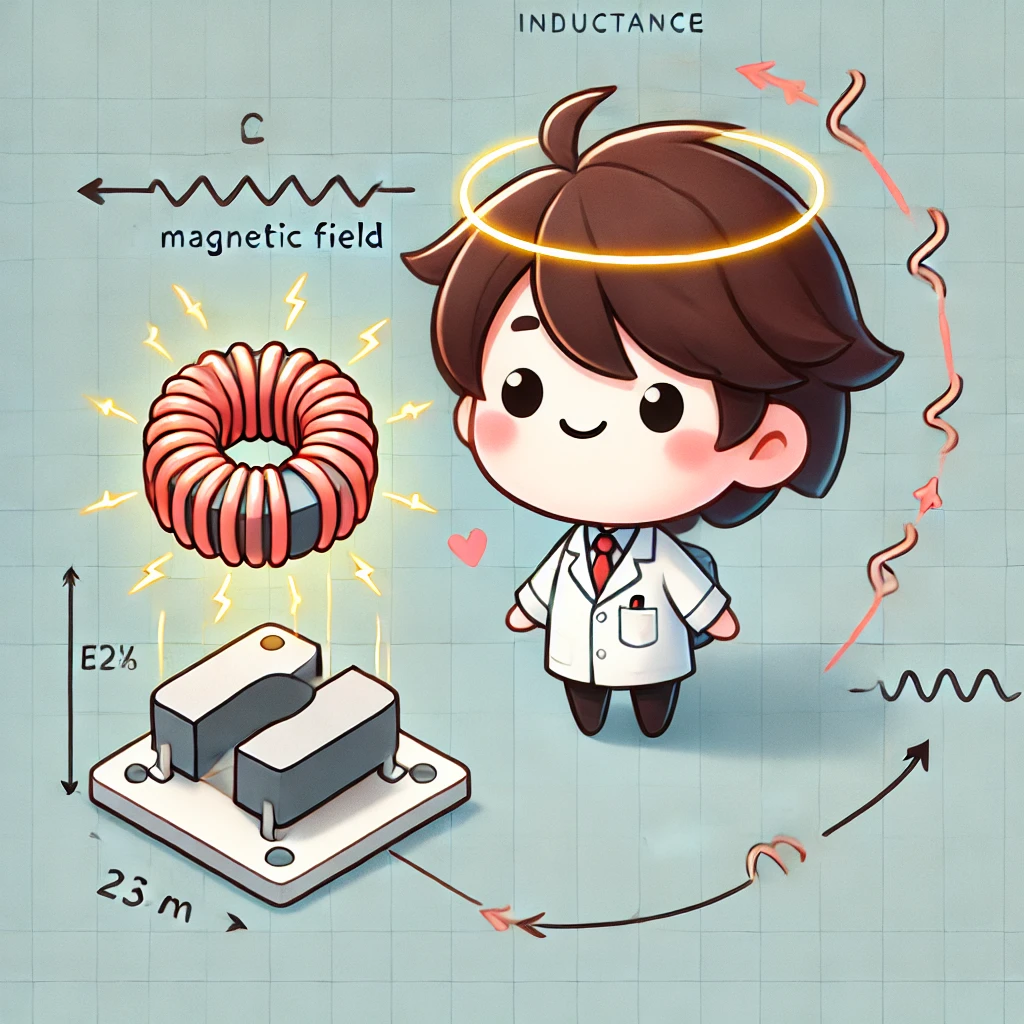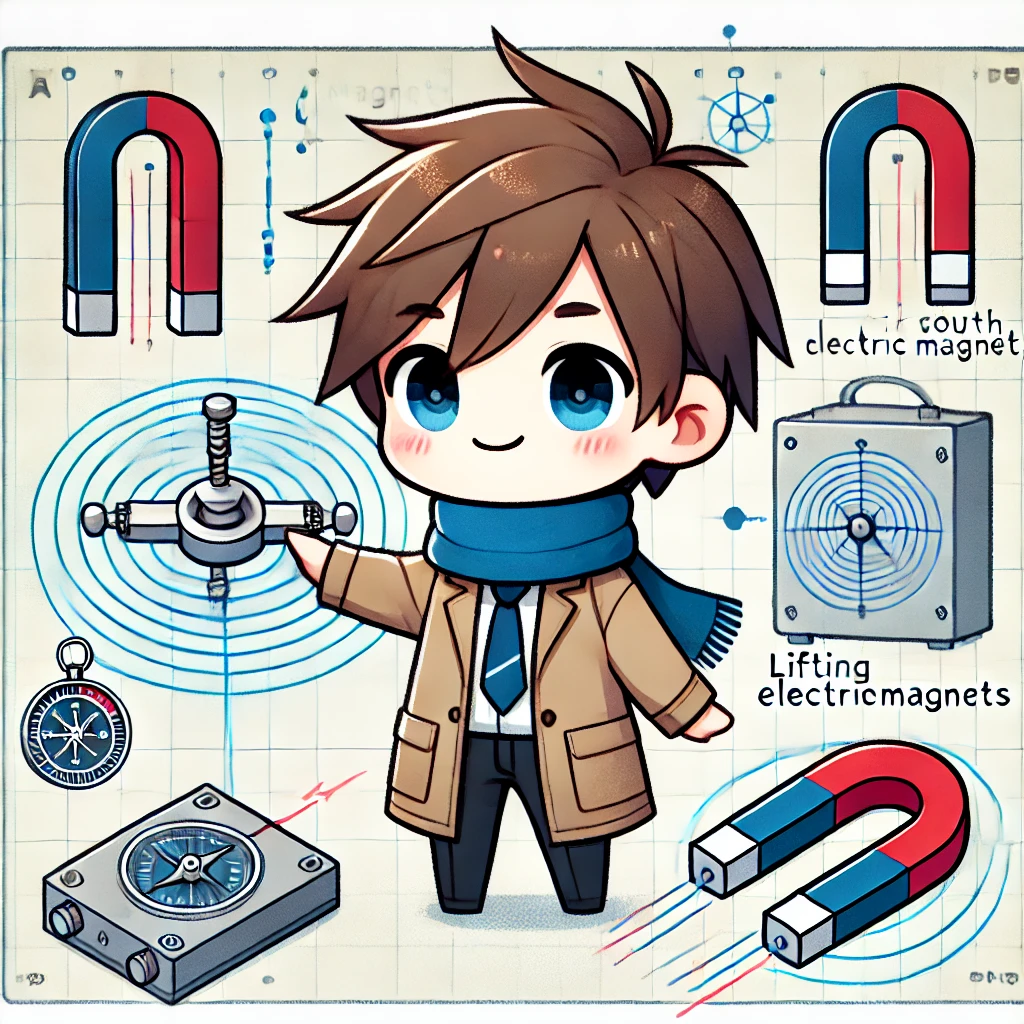These Electrical Guides turn core electrical concepts into short, field-tested lessons with diagrams and checklists. Start with the basics, then follow a learning path for home wiring, safety, and components. Each Electrical Guide ends with a quick task, a tool list, and a study map so you can practice today and return later with confidence.
First, search a topic. Then, pick one guide and finish a quick task. Afterward, use the checklist to confirm the result. Additionally, each article links to tools and study maps, so you can learn fast and act with confidence.
To start, browse the latest posts. Then, pick one guide and try a single task. Afterward, use the checklist to confirm the result. In addition, each article links to tools and study maps, so you can learn and act with confidence.
All articles

Faraday’s Law of Electromagnetic Induction: Simple Guide with Real-World Uses
▶️ Watch Now: What Is Electromagnetic Induction? How Faraday’s Law Works Discover how changing magnetic fields create voltage, and see […]

How to Calculate and Control Power in Electronic Devices
▶️ Watch Now: How to Calculate and Control Power in Electronic Devices This video offers a quick and clear breakdown […]

Transformer Voltage Step-Up & Step-Down: What You Need To Know
🎬 Watch Now: How Do Transformers Change Voltage? Unveiling the Secrets of Electromagnetic Conversion! In this video, we’ll explore how […]

Transistors In Electronics: Amplification And Switching Made Simple
Watch Now: What Is a Transistor? How Does It Amplify Current? Learn how transistors control large currents with small signals, […]

Diode Fundamentals: How It Regulates Voltage and Controls Current
Watch Now: What Is a Diode? Discover how diodes control current with one-way conduction. Learn about rectifiers, LEDs, and Zener […]

Semiconductors Explained: How They Power Today’s Technology
Watch Now: Semiconductors – The Core of Modern Electronics! Discover how semiconductors control electricity and power today’s technology. Learn about […]

Understanding Impedance and Reactance: A Practical Guide for Engineers
Watch Now: Understanding Impedance – Resistance, Inductive Reactance, and Capacitive Reactance! Discover how impedance shapes AC circuits by influencing current […]

Inductance Basics: Understanding Its Role in Power and Wireless Tech
Watch Now: What Is Inductance? Discover how inductance works, how it shapes circuit behavior, and its key roles in power […]

Magnets and Magnetic Fields: The Science Behind Their Powerful Force
Watch Now: How Do Magnets Work? The Science Behind Magnetism! Discover how magnets generate magnetic fields, interact with materials, and […]
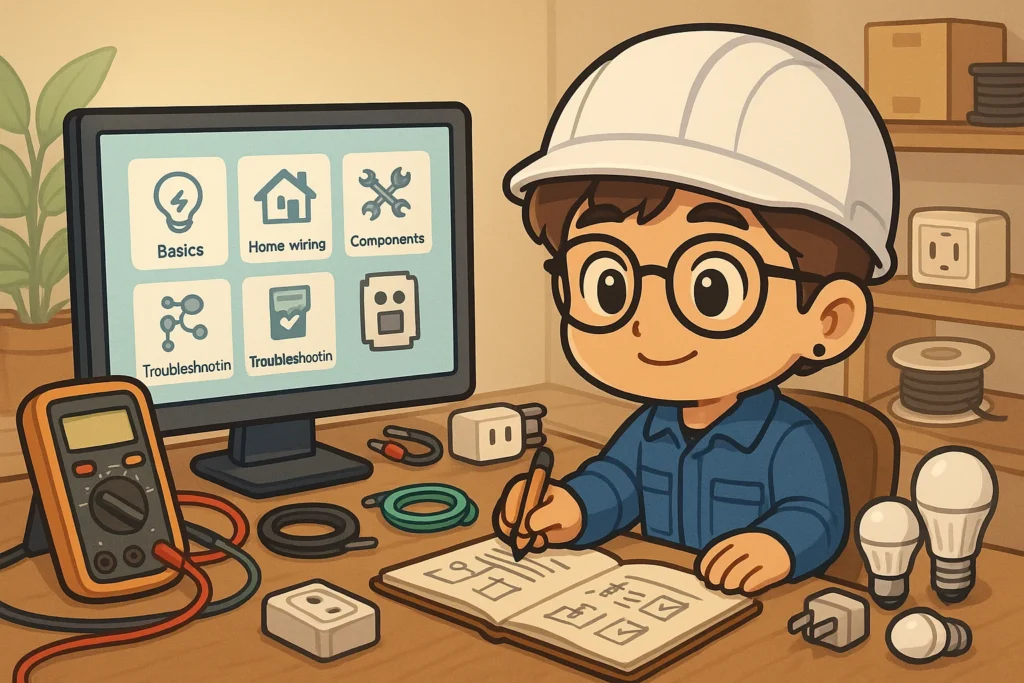
About this Electrical Guides Library
This page is your index for all electrical guides on Engineer Tsai. Moreover, you can search and filter tutorials covering basics, home wiring, components, safety and troubleshooting. Because each guide keeps theory short and focuses on steps, diagrams and checklists, you learn faster. As a result, you can move from reading to doing with less guesswork.
Topics These Electrical Guides Cover
Electrical fundamentals · Ohm’s law · AC/DC basics · Home wiring and outlets · Protective devices and relays · Meters and safe measurement · Components and LED drivers · Troubleshooting common faults and practical fixes.
How to Use These Electrical Guides
- First, use the search box or category pills to find a topic.
- Next, open one guide and complete a single task with the checklist.
- Finally, save the tools and diagrams linked inside each article for later jobs.
FAQ
Where should beginners start?
For beginners, start with Tutorials, then the “Electrical Basics” path; after that, move to wiring and safety.
Are these tutorials safe for DIY?
Yes, but always follow safety notes; if unsure, consult a licensed professional.
What tools do I need?
Typically, a non-contact tester, a multimeter, insulated screwdrivers and proper PPE are enough.
What’s the difference between Articles and Tutorials?
In short, Tutorials are step-by-step lessons, whereas Articles are quick reads for specific topics.
Can I use these guides for my home wiring?
However, codes differ by region; therefore, always follow your local electrical code.
Popular paths:




